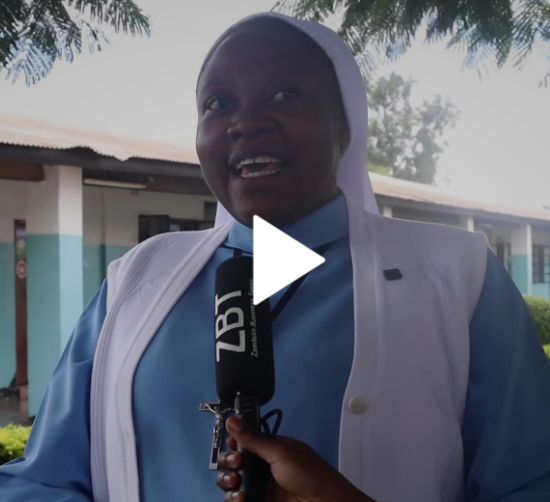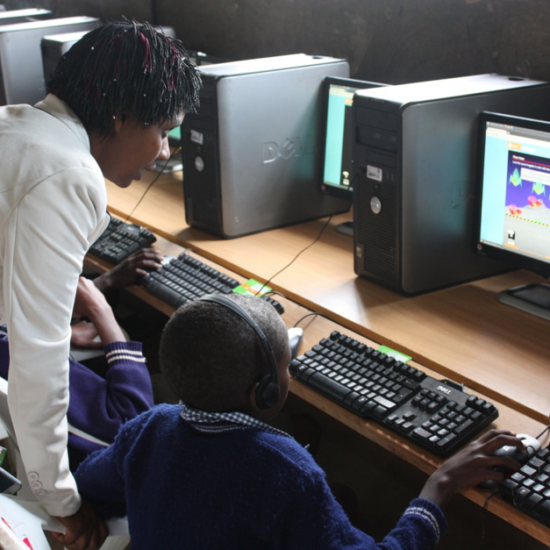
Zambia’s electricity utility company ZESCO has announced that the Corporation has resolved to revert back to the daily load shedding schedule of up to 12 hours on a rotational basis for all Copperbelt based domestics customers.
ZESCO stated that this has been necessitated by the continued limitation of power generation capacity as a result of low water levels in the company’s national water reservoirs, especially Kariba dam as water levels at the dam are still low, resulting in reduced power generation.
On 13 February 2020, ZESCO adjusted load shedding periods on the Copperbelt province by providing power during night-time and load shedding the area during daytime, following security concerns after some chemical and gas attacks on citizens which have since died down.
In a statement made available to the Zambian Business Times – ZBT by ZESCO Public Relations Manger Hazel Zulu on March 24, 2020, the corporation has now decided to revert its Copperbelt customers to a rotational and daily load shedding so they could fit in the countrywide schedule.
Meanwhile, in a separate exclusive interview Hazel Zulu, she revealed to ZBT that the decision by the power utility company only applies to residential areas or domestic consumers while mining houses are excluded.
“This implies that countrywide load shedding of up to 12 hours daily remains critical to protect the power system from collapse and ensure that the available electricity is shared equitably, and generation is sustained into the next rainy season”. She added.
ZESCO has continued to urge its customers to consistently use power prudently by employing energy efficient initiatives such as using alternative sources of lighting like energy saving bulbs and solar, completely switching off appliances when not in use, gas for cooking and using solar geysers for heating.
Low water levels at Kariba dam have persisted despite the country experiencing normal to above normal rainfall, leaving citizens to wonder why the Kariba dam is not filling up. Zambia has even experienced floods in some parts of the country with some rivers even busting their banks, and the Victoria falls which is upstream the Kariba now fully pouring.







